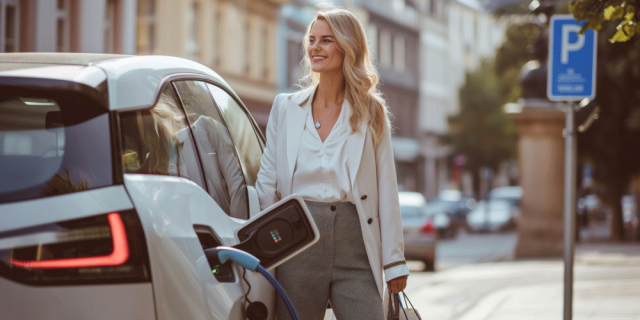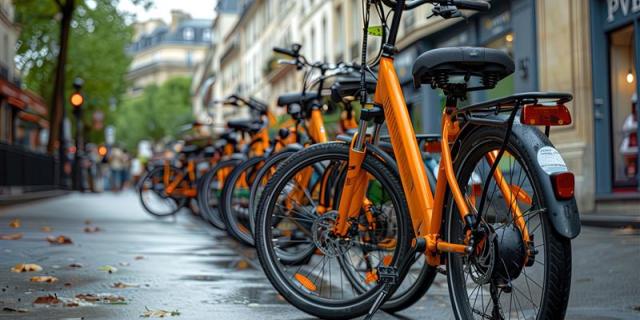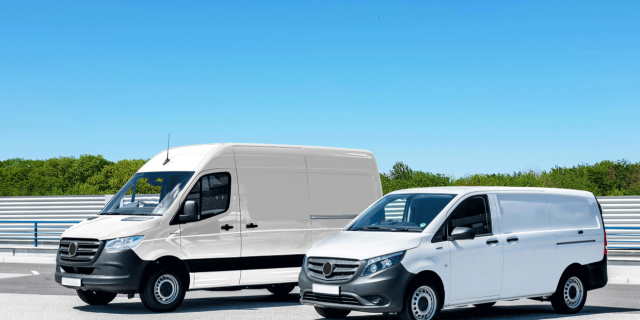Bike usage
As the global pandemic ground many industries to a halt and lessened the appeal of public transport, bicycles have experienced a renaissance.
Bikes date back over 200 years. Worldwide, these human-powered vehicles are still one of the most popular modes of transport, with over two billion bikes in use today.
Services like Google Maps and Strava report a 69% increase in bike-related activity and searches. Finland and Poland are even seeing a 400% increase.
During the pandemic of 2020, EU bicycle sales grew 23%, and this is expected to continue. Europeans are expected to buy an extra 10 million bikes per year by 2030, a 47% increase from the annual number in 2019.
Within the sector, e-bikes are becoming dominant, with 3.7 million e-bikes sold in 2019. Boosted by a diversified offering including e-bikes going up to 25 km/h and speed-pedelecs propelling riders to 45 km/h, electric bike sales are expected to reach 17 million annually by 2030.
Why are these devices, usually relegated to recreation and sports activities, experiencing a boom and are attracting the interests of corporates and employees?
As stricter lockdown measures lifted and commuters started returning to work, health concerns and desire for individual transportation modes have nudged many towards active mobility, such as bikes.
What’s more, infrastructure measures such as pop-up bike lanes have allowed cyclists to ride safely and freely in restrictive times.
Longer term, the electrification of our two-wheelers allows riders to take trips that were previously challenging with traditional, unassisted bikes. Hills, long-distance journeys and the transportation of goods on a bike are made easy, thanks to electric motors.
Environmental concerns also put people on two wheels. During the pandemic, air quality in many urban centres has noticeably improved.
EU Commission president Ursula von der Leyen commented “what is good for climate is good for business and for us all. Climate cannot be negotiated, so better we move quick.”
As Mrs von der Leyen stresses when presenting the details of the green recovery strategy, transportation is one of the keystones of this ambitious plan.
With more than €1 billion of cumulative funding from local and national initiatives across the EU, European cities pledged over 2,300km of bike lanes, implementing 1,000km during just the first ten months of 2020.
To equip residents, many national governments offer financial incentives such as vouchers for maintenance and subsidies to purchase new bikes to accelerate cleaner and healthier transportation.
For example, Italy introduced a €210 million cash-back programme for residents who want to purchase a new bike without an engine thanks to a subsidy of up to €500.
A Dutch study found that regular cycling saves 6,500 lives each year and leads to a half-year increased life expectancy. It thereby even contributes to increasing the national GDP by 3%.
According to the study the US Purdue University, cycling boosts the immune system and decreases by 50% risks related to cardiovascular diseases. It also enhances cerebral power with a better blood-flow to the brain and may protect our heart from damage. these benefits positively impact professional performance and private quality of life.
More simply, what most bike-riders enjoy is a reduced commute time and the feeling of participating in the development of more sustainable urban mobility.
Infrastructure changes are key to adoption of bicycling in cities. Although enthusiasts have long used the bike for commutes in busy urban areas, the average cyclist felt uncomfortable being passed at speed by tons of steel.
While streets were empty and additional bike lanes were implemented, even casual riders felt it was now finally safe to try riding the now car-lean streets of the usually busy Milan, Paris and other European cities.
In response, some metropolises such as Brussels are piloting “slow-streets” with speed limits reduced to 30 km/h and even 20 km/h in some cases. Slowing cars down empowers people to try new forms of mobility.
To keep the momentum going, cities aim to make temporary cycling-friendly measures permanent and acknowledge that bikes are part of the future of urban mobility.
Infrastructure changes also accelerate the development of last-mile deliveries performed with electric cargo-bikes, which are greatly adapted to absorb the surge of deliveries from e-commerce and other remote corporate activities.
Aligned with the fast-growing sharing economy, cities are increasingly facilitating access to shared micro mobility options such scooters, and docked and other shared bike schemes.
The City of Rotterdam and its micro-mobility partners, for example, provided 1,500 shared bikes and 1,500 e-scooters in 25 transit hubs to prevent crowding on public transit.
Companies are also playing their part in building a more sustainable world, by offering adapted infrastructure and “bike to work” schemes to employees.
Some employers gave access to fleets of bikes during the pandemic, while others are now offering or at least considering bike allowances as part of employees’ mobility budget.
To accompany this new corporate mobility trend, property developers are equipping offices with showers and other bike amenities such as bike parking as well as paying particular attention to cycleways around the complex.
Previous attempts to ramp up bike adoption eventually resulted in at best a hype that decreased almost as fast as it grew. But this time, it appears to be different.
Green recovery initiatives, such as the ones that environmentally-minded cyclists have been fighting for, have now come to the mainstream. With e-bikes and shared mobility, it seems the two-wheeled horse is here to stay.











